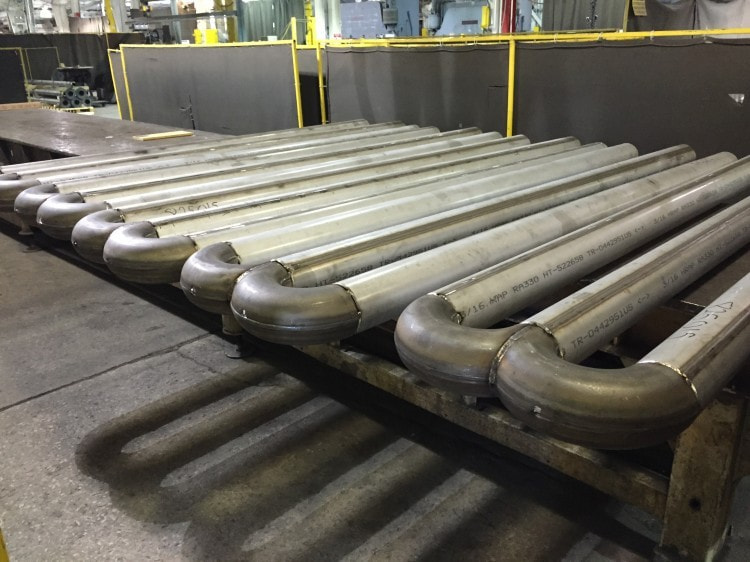How Do You Layout Radiant Tubing?
Radiant tubing, a revolutionary heating solution, has gained immense popularity for its efficient and comfortable heat distribution. If you're wondering how to layout radiant tubing in your space, you're in the right place. In this article, we'll explore the intricacies of radiant tubing layout, providing you with a comprehensive guide to ensure optimal heating performance in your home.
I. Introduction
Radiant tubing, also known as hydronic radiant heating, involves circulating warm water through flexible tubes installed beneath the floor, within walls, or even in the ceiling. This method of heating not only provides consistent warmth but also offers energy efficiency. The key lies in the thoughtful layout of the radiant tubing.
II. Understanding Radiant Tubing
Definition and Purpose
Radiant tubing works on the principle of thermal radiation, transferring heat directly to objects and people in a room. Unlike traditional forced-air systems that rely on convection, radiant heating ensures an even and comfortable temperature throughout the space.
Types of Radiant Tubing
There are various types of radiant tubing available, including PEX (cross-linked polyethylene) and EPDM (ethylene propylene diene monomer). Each type has its advantages, and the choice depends on factors such as budget, installation ease, and compatibility with the existing flooring.
III. Benefits of Radiant Tubing Layout
Enhanced Heating Efficiency
The layout of radiant tubing plays a pivotal role in maximizing heating efficiency. A well-designed system ensures that every corner of the room receives adequate warmth, eliminating cold spots. This not only enhances comfort but also reduces energy consumption.
Cost-Effectiveness in the Long Run
While the initial installation cost of radiant tubing may seem higher than traditional heating methods, the long-term benefits outweigh the investment. Proper layout contributes to energy savings, resulting in lower utility bills and a more sustainable heating solution.
IV. Factors to Consider in Layout Design
Room Dimensions and Structure
The first step in laying out radiant tubing is understanding the dimensions and structure of the room. Factors such as ceiling height, windows, and doors influence the heat distribution. A thoughtful design ensures that every inch of the space receives the desired warmth.
Flooring Materials
Different flooring materials conduct heat differently. For instance, tile and concrete transmit heat effectively, while carpets may act as insulators. The layout should consider these variations to achieve optimal performance.
Heat Distribution Considerations
Rooms with varying heating requirements need a tailored approach to radiant tubing layout. For instance, a living room may need more heat than a hallway. Balancing the heat distribution through zoning and adjusting flow rates ensures a comfortable environment in every area.
V. Step-by-Step Guide
Evaluate the Space: Conduct a thorough assessment of the room, considering its size, structure, and usage patterns.
Choose the Right Tubing: Select the appropriate type of tubing based on your budget, installation preferences, and flooring materials.
Create Zones: Divide the space into zones with similar heating requirements to optimize energy usage.
Install Insulation: Ensure proper insulation beneath the tubing to prevent heat loss, especially in spaces with no thermal mass.
Work with a Professional: If in doubt, consult with a heating professional to design and install the radiant tubing system effectively.
In conclusion, the layout of radiant tubing is a crucial aspect of enjoying the full benefits of this modern heating solution. By considering factors such as room dimensions, flooring materials, and heat distribution, you can create an efficient and cost-effective heating system tailored to your space.



